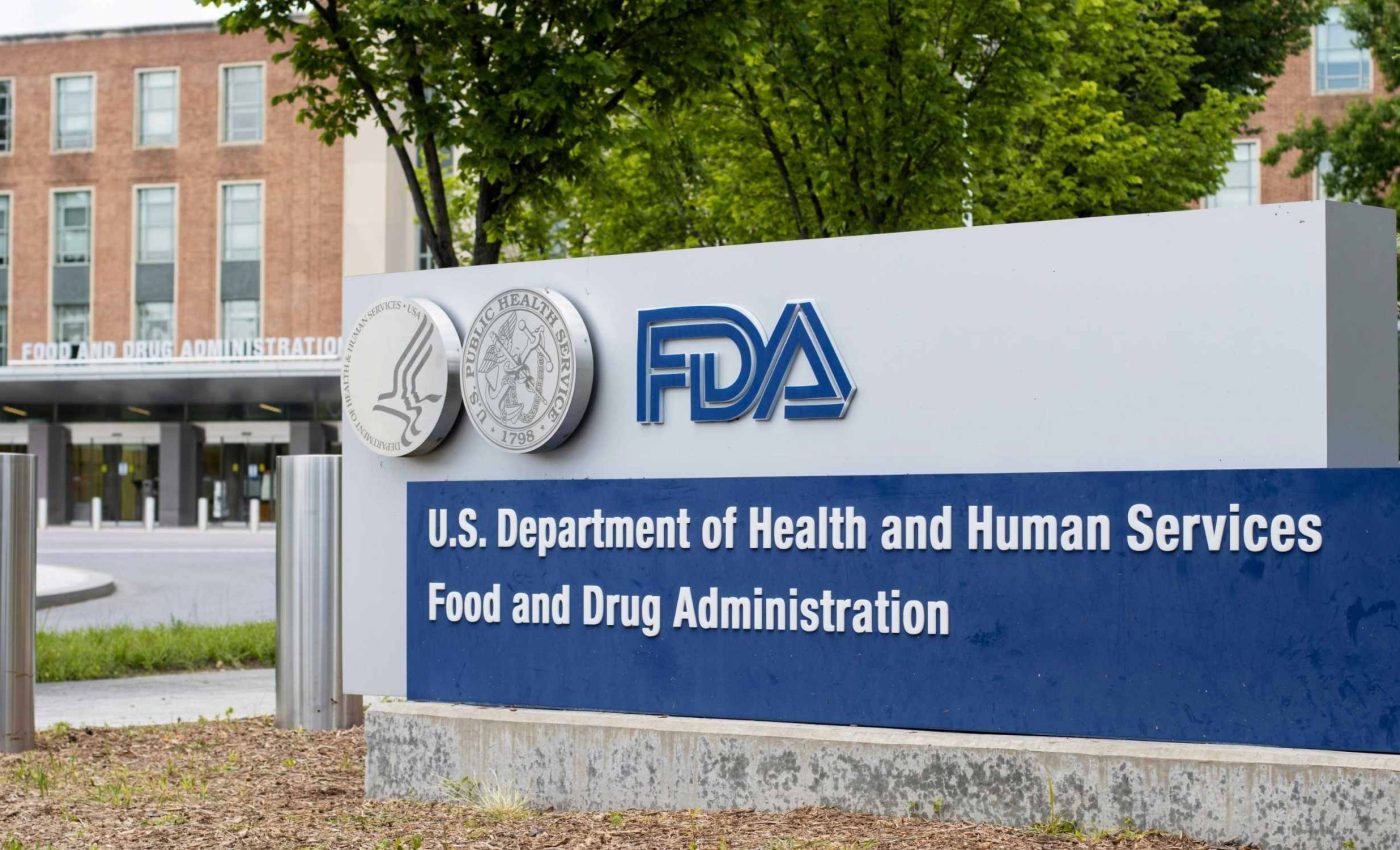
FDA issues health alert for raw pet food contaminated with avian influenza
Federal officials say two lots of a frozen raw pet food tested positive for H5N1, a bird flu virus that can infect some mammals. No human infections have been linked to handling pet food, according to an update from the FDA.
The case surfaced after a San Francisco pet became ill and was euthanized. Tests tied the virus in the cat to the same virus in bags of RAWR Raw Cat Food Chicken Eats.
What happened in San Francisco
The work was led by the U.S. Food and Drug Administration’s Center for Veterinary Medicine. Its investigators focus on animal food safety and zoonotic, can spread between animals and people, viral threats.
Testing by the U.S. Department of Agriculture’s National Veterinary Services Laboratories confirmed the match using confirmatory PCR, a lab test that detects viral genetic material. The lab also analyzed the food and placed the findings within a related group of viruses.
Scientists reported that the cluster tracked to a lineage seen in late 2024 that is no longer circulating. That timing supports the conclusion that the cat’s illness came from the specific lot it consumed.
The affected bags are sold frozen in 2.5 pound packs with 40 sliders. Lot CCS 25 077 lists a sell by date of September 18, 2026, and Lot CCS 25 093 lists October 3, 2026.
Identifying the pet food virus
Investigators used whole genome sequencing, a method that reads an organism’s entire genetic code, to compare virus samples. Results indicated the cat’s virus and the food viruses were closely related.
The virus was labeled B3.13 as the genotype, genetic makeup defined by characteristic sequence patterns. This genotype has appeared in other raw poultry pet foods linked with severe cat illness.
A study traced cat infections in California to contaminated raw milk and confirmed B3.13 in samples. The researchers point to raw dairy products as a risk to both animal and human health.
Taken together, the findings show that foodborne exposure is a credible path for infection in pets. Contact with infected birds is not the only concern for cats.
What this means for pet owners
CDC guidance lists common signs in cats and explains that people can be infected if the active virus reaches the eyes, nose, or mouth. Good hygiene around pet food preparation and cleanup lowers that risk.
Cats face higher odds of serious disease than dogs. In the United States, infections in dogs have not been detected, while cats have been repeatedly affected.
Owners of very young, very old, or immunocompromised animals should be especially cautious. These pets can deteriorate quickly if exposed.
Families with multiple animals should limit sharing of bowls and utensils. Clean feeding areas thoroughly after each meal.
How to handle raw pet diets
Do not give your pets food products from the lots infected with the virus. Contact the retailer about returns or safe disposal.
Wash hands with soap and water after handling any pet food. Sanitize bowls, freezer bins, counters, and utensils that touched raw food.
Keep raw pet foods apart from human groceries in the refrigerator or freezer. Use dedicated scoops and cutting boards, then clean sinks after thawing.
Prevent licking of faces during and after feeding. Avoid touching your eyes or mouth until you have washed your hands.
When to call a vet
Watch for fever, lethargy, low appetite, or reddened eyes. Discharge from the eyes or nose and trouble breathing also need quick attention.
Neurologic signs like tremors, seizures, incoordination, or sudden blindness are emergencies. Call your veterinarian at the first sign of any of these symptoms.
If your cat recently ate raw poultry or raw dairy and now acts ill, tell the clinic up front. That helps teams protect staff and other animals during triage.
Early supportive care may improve comfort and outcomes. Isolate sick pets from others in the home until cleared by a veterinarian.
Lessons from this pet food virus
USDA maintains a list of mammals that have tested positive for H5N1, including domestic cats. Ongoing updates help agencies spot clusters and route samples to the right labs.
The virus remains widespread in wild birds and has affected U.S. dairy cattle. That broader picture explains why veterinarians discourage raw animal products for pets during active transmission.
Researchers will keep parsing genetic data to map contamination sources. Genotype trends can reveal whether a risk is shrinking or shifting.
Pet owners can reduce risk by choosing cooked diets or heat treated options. If they prefer raw, strict separation and cleaning are essential every time.
—–
Like what you read? Subscribe to our newsletter for engaging articles, exclusive content, and the latest updates.
Check us out on EarthSnap, a free app brought to you by Eric Ralls and Earth.com.
—–













